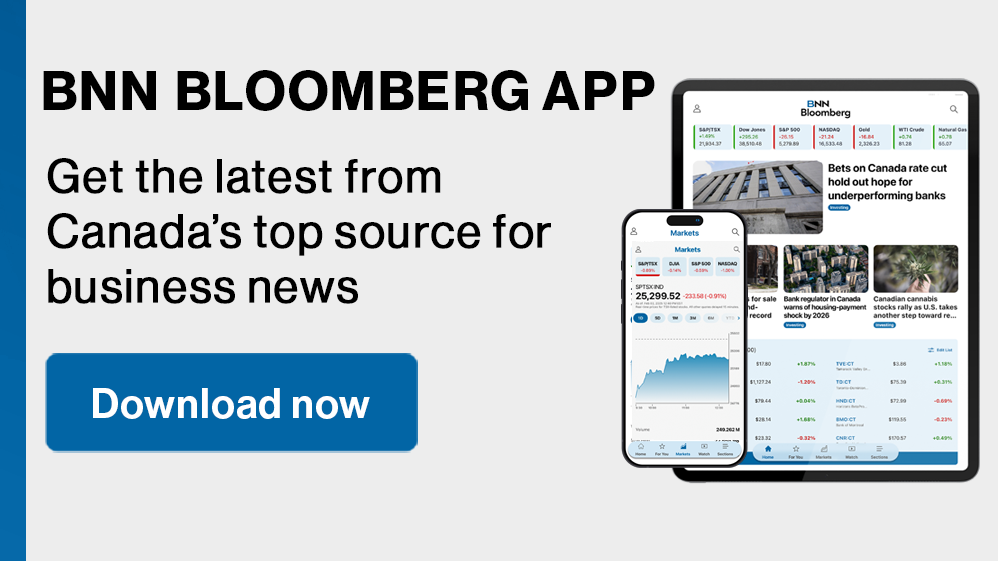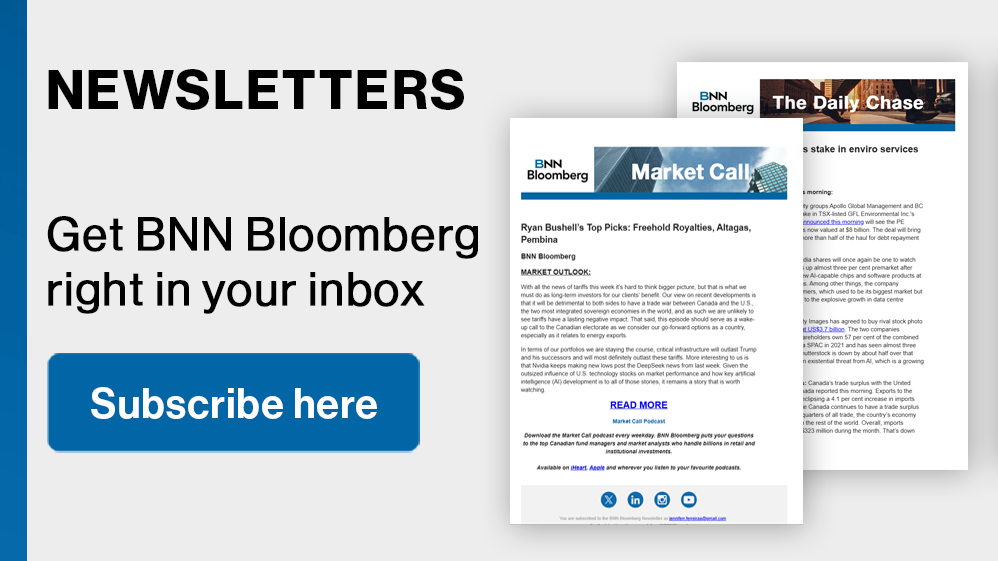(Bloomberg) -- United Parcel Service Inc. shares plunged after the company projected annual revenue well below expectations, telling investors that a long-awaited rebound in demand for its parcel services won’t arrive this year and prompting it to slash its low-margin business with Amazon.com Inc.
UPS’ core parcel operations have endured a prolonged demand trough as package volumes have fallen from pandemic-era peaks. Some customers also have traded down from premium to economy services, cutting into the Atlanta-based company’s earnings.
It aims to adapt by shipping fewer and higher-margin packages and cutting back on less profitable deliveries. UPS said Thursday it reached an agreement with Amazon to lower volumes by more than 50% by the second half of 2026.
“Amazon is our largest customer, but it’s not our most profitable customer,” Chief Executive Officer Carol Tomé told investors on a conference call.
Amazon confirmed it would ship fewer parcels with UPS, even though the online retailer had initially asked to ship more through the courier. “We’ll continue to partner with them and many other carriers to serve our customers,” Amazon spokesperson Kelly Nantel said in an emailed statement.
UPS forecast revenue of $89 billion for 2025, compared with the average analyst expectation of $94.9 billion. It said 2024 revenue came in at $91.1 billion. Business with Amazon made up 11.8% of that total.
The rapid unwinding of UPS’ business with Amazon came as a surprise, said Daniel Imbro, an analyst at Stephens Inc.
“This does fit with their strategy of better, not bigger,” Imbro said by email. “But it appears to be a headwind to earnings, given the lack of underlying revenue growth.”
Shares of UPS fell 18% to $109.92 as of 11:13 in New York, the steepest intraday drop since Oct. 10, 2008. That followed a 20% pullback in 2024, which marked a third year of declines. Amazon fell 1.8% to $232.71.
Tomé’s Troubled Tenure
UPS’ shares have lost half their value since early 2022 and are close to where they traded when Tomé took over as CEO in June of 2020 at the onset of the Covid epidemic. After riding a spike in demand for home delivery early in her tenure, UPS has suffered from falling margins and higher costs. Tomé also is dealing with fallout from UPS’ generous deal with its union in 2023, which raised its labor costs and forced the company to cut its profit outlook.
Rival FedEx Corp., which has seen its fortunes soar over the past couple of years after undergoing its own restructuring, was much quicker to reduce its dependence on lower profit Amazon volumes.
Tomé told anxious analysts on the call that UPS will soon provide a glimpse of its outlook for 2026.
“We’ll figure out a time to do that this year. Maybe at the end of the first quarter,” she said.
UPS has tried to counteract the slowdown in shipping volumes by cutting costs where it can. The company is in the process of shuttering some facilities around the US and refurbishing others to make way for automation that could help save on labor costs in the future. In 2024, UPS permanently closed 11 facilities and completed 49 operational closures, the company said in a presentation.
Chief Financial Officer Brian Dykes said on the investor call that UPS will close up to 10% of its buildings, reduce fleet size and trim its labor force in the US by an unspecified number in line with leaner volumes.
Belt-Tightening Plans
UPS is also planning a multi-year redesign of its network to go after $1 billion in savings. The costly contract with the Teamsters union has led the company to look for ways to offset that burden, partly by winning back customers who fled to rival carriers amid rocky labor negotiations in 2023.
In addition, UPS has aggressively raised prices and implemented surcharges. Simultaneously, it’s going after higher-margin business by expanding its health-care vertical and aiming for $20 billion in revenue in the segment by 2026.
Adjusted fourth-quarter earnings came to $2.75 a share, above average analyst projections for $2.53 per share, according to estimates compiled by Bloomberg. The beat was driven by higher demand and prices during the end-of-year holiday shipping rush.
The low demand for parcel shipping remains a black cloud.
“It’s hard to glean what’s actually happened from an efficiency standpoint without the volumes really being there, because it’s just this perpetual waiting game,” Conor Cunningham, an analyst at Melius Research, said in an interview. “I feel like I’ve been writing the same note. It’s just been multiple years of like, ‘When is this going to end?’”
(Updates from fifth paragraph with Amazon statement; Adds background throughout)
©2025 Bloomberg L.P.













